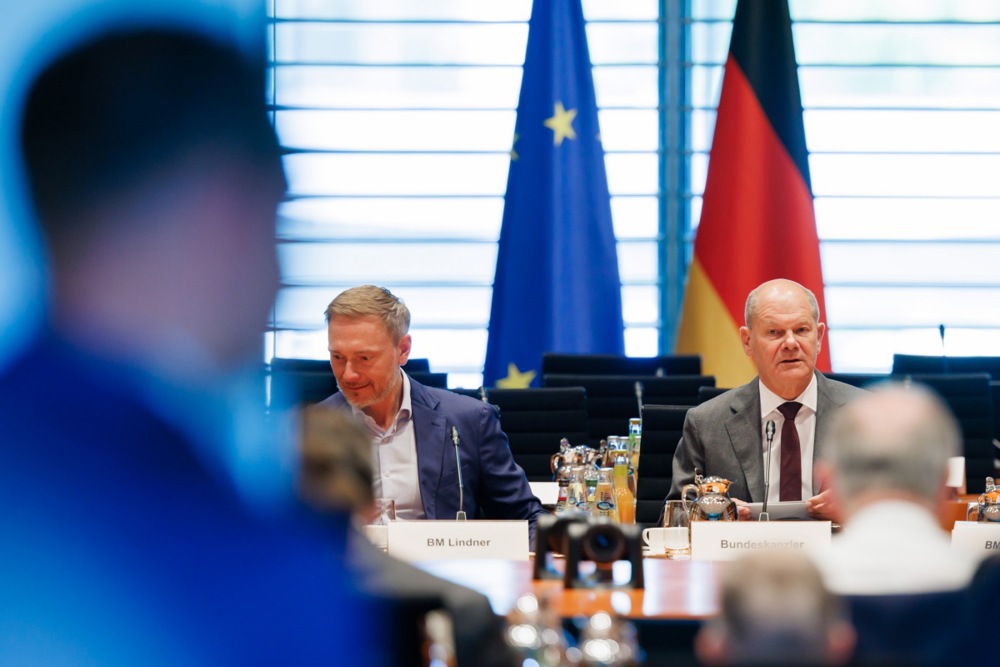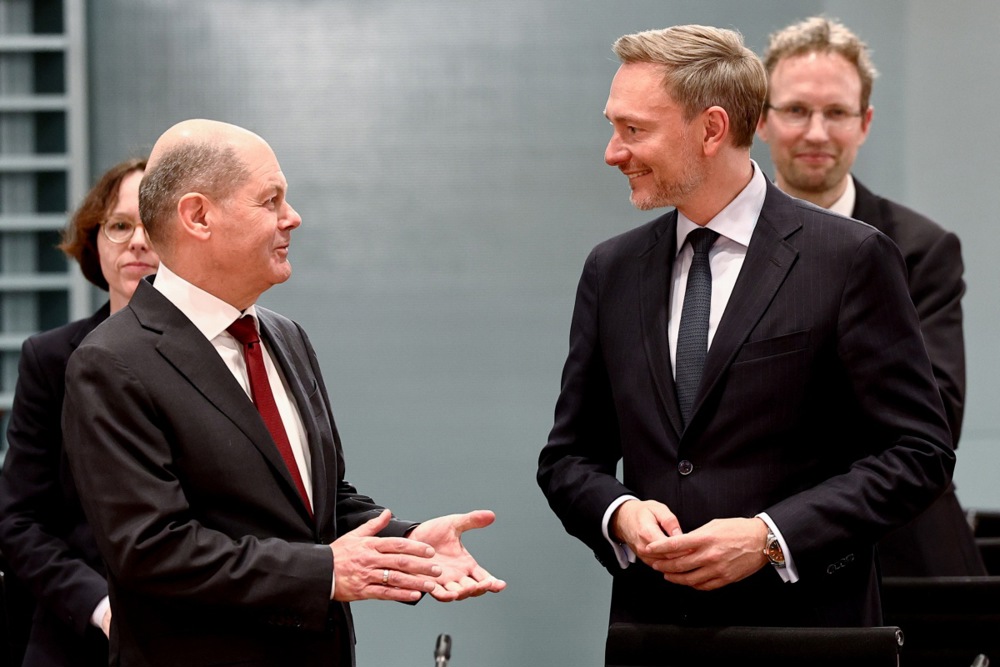An increasing amount of money from the €240 billion European Union budget is being spent in “irregular ways”, and the record amount of financial debt is problematic, the European Court of Auditors (ECA) has said.
In its annual report for 2023, the ECA said it was “concerned about the increase in the level of error” in the European budget, adding that the EU debt had doubled in three years.
While the allowable threshold is 2 per cent, the error rate has risen to almost three times this number, namely 5.6 per cent. According to the ECA, that error rate related to €191.2 billion in spending, meaning that €10.7 billion of European taxpayer money was spent in ways that did not comply with the rules and conditions.
Europe’s financial watchdog has long been warning against this but each year the situation worsens. In 2021, the error rate stood at 3 per cent, in 2022 it went up to 4.2 per cent and now it is nearing 6 per cent.
Of the €48 billion spent on the Recovery and Resilience Facility (RRF), the flagship of the pandemic recovery package NextGenerationEU (NGEU), auditors found payments not meeting conditions and flaws in spending checks.

Speaking to the press, ECA President Tony Murphy did not mince his words: “Unfortunately, as the name suggests, it will fall to the next generation of EU citizens to bear this.”
Murphy warned the European Commission could be “insolvent” by 2028.
On the budget, Murphy said there was “a lot of money there to be spent” but that “just throwing buckets of money at member states is not the ideal solution”.
Errors found in “cohesion” expenditure, reaching 9.3 per cent (up from 6.4 per cent in 2022), have largely driven the estimated error rate.
A possible explanation for that was the apparent time pressure on national administrations, according to the ECA.
The auditors warned that similar mistakes might happen in other areas of pandemic recovery spending, as they were often controlled by the same national bodies.
“However, under the RRF, compliance with EU and national rules is not a pre-requisite for member states being paid, and so they are not systematically checked,” it added.
?Annual Report on the EU Finances OUT NOW?
? The report highlights the 'Rate of Error' in the EU budget (money not spent according to the rules), the reliability of the annual accounts, and more.
?Find the press release, audit in brief and full report below!?
— European Court of Auditors (@EUauditors) October 10, 2024
In 2023, 23 grant payments were made to 17 member states. The auditors found that around one-third of these RRF grant payments did not comply with the rules and conditions, with six payments being affected by material errors.
The auditors also found design weaknesses in targets and persistent problems with the reliability of information on management declarations.
While the estimated error rate does not necessarily indicate fraud, inefficiency or waste, it does show rules are not always being followed. These rules exist for good reason.
While working on the report, the auditors identified 20 cases of suspected fraud, which they reported to the relevant EU authorities.
Next to the spiralling error rate, high European debt has become increasingly problematic.
“The total amount of outstanding commitments – which represent future payment obligations if they are not decommitted – reached a record high of €543.0 billion by the end of 2023 (2022: €452.8 billion),” the report read.
“Meanwhile, EU debt jumped to €458.5 billion in 2023 (from €348 billion in 2022), mainly because of borrowing for NGEU of €268.4 billion.
“EU debt is now twice as high as in 2021 [when it stood at €236.7 billion].
“This means that the EU is now one of the largest debt issuers in Europe, even though it is unclear whether the Commission’s own resources proposal will generate sufficient revenue to repay NGEU debt. Additional costs for NGEU borrowing are estimated to range between €17 billion and €27 billion,” the auditors wrote.

Furthermore, high inflation was also hurting the EU budget.
Based on the Commission’s inflation forecast, the ECA estimated that the EU budget could lose almost 13 per cent of its purchasing power by the end of 2025.
“The EU budget’s total exposure, measuring the risk related to EU budget guarantees and contingent liabilities, was €298 billion by the end of 2023 (up from €248.3 billion in 2022),” it said.
In addition, the EU’s financial assistance to Ukraine hit €33.7 billion and the auditors warned that transferring the risks of possible defaulted repayments to the future could put further pressure on the EU budget.
In a report published on October 3, the European financial watchdog had already raised the alarm about how the EU was financing Ukraine.
They urged the EC and co-legislators to “consider introducing specific accountability arrangements” that “should reflect the heightened risk of corruption” and set out “minimum safeguards” concerning controlling, monitoring and reporting activities as a basis for future negotiations with Ukraine.
In its reply to the scathing report, the Commission highlighted what it called “a string of unprecedented crises requiring fast and effective solutions to protect people’s lives and livelihoods”.
It stressed that it ensured “the EU budget was spent responsibly and correctly” and referred to the Annual Management and Performance Report (AMPR), which cited a lower level of error at the time of payment.
The Commission said it took note of the estimated level of error reported by the ECA, but added it had determined other, better numbers, effectively relying on alternative facts.
“This does not resonate with the overall assessment made by the Commission, nor with the efforts from the Commission, Member States and other implementing partners to continuously improve the management of European funds”, the Commission said in its reply.
For 2023, the difference between the Commission’s estimated risk at payment and the level of error estimated by the ECA “is mainly due to the sometimes different interpretation of facts or applicable rules as well as to distinct methodological approaches between the two institutions,” the Commission claimed.
Regarding the RRF, the Commission was non-committal, deflecting most of the responsibility to member states.
A pleasure to meet @EP_President to present @EUauditors #euaudit2023 https://t.co/zdra8K0SI7
— Tony Murphy (@TonyMurphyECA) October 9, 2024





